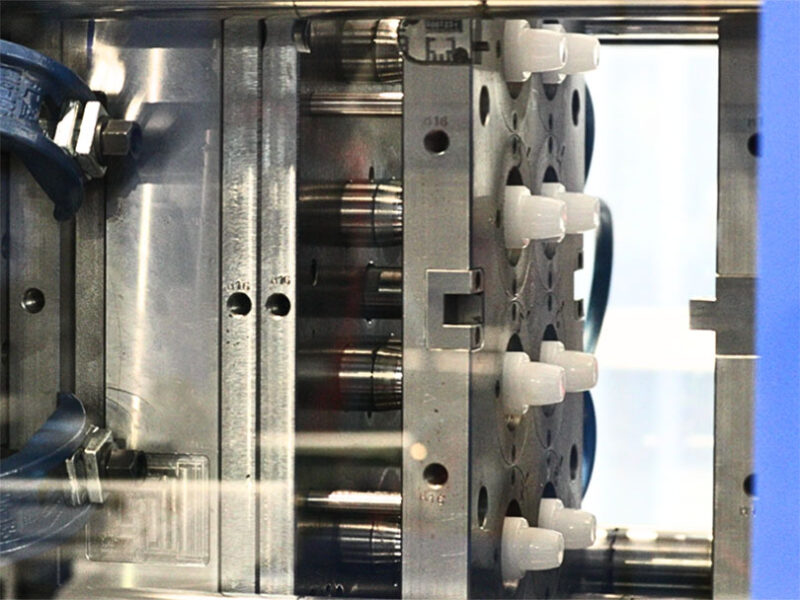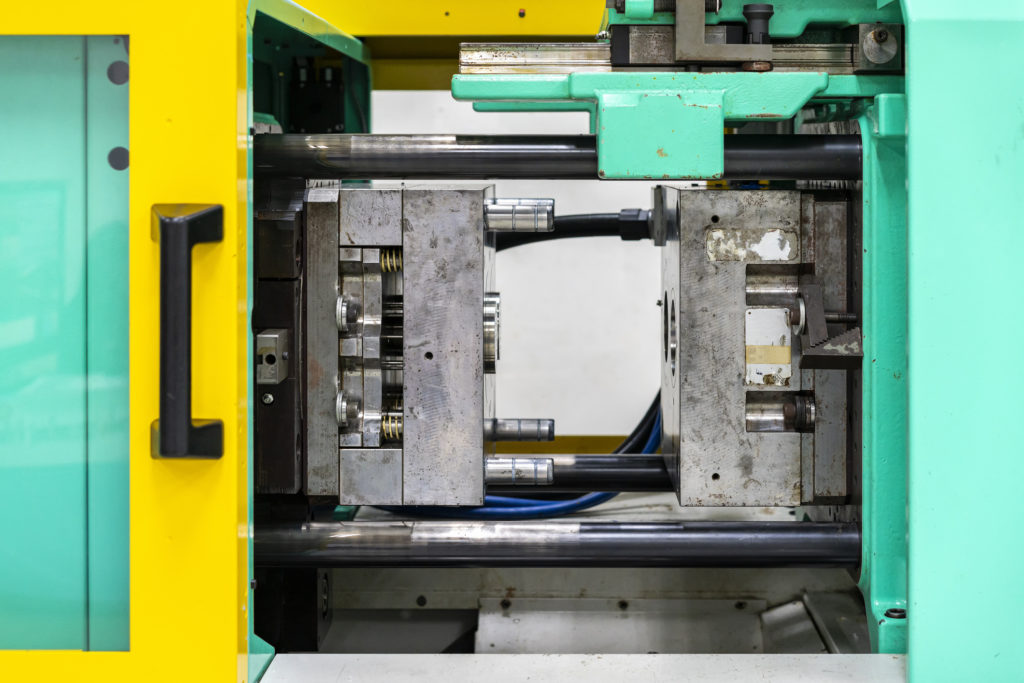Why Plastic Injection Molding Is Essential for Accuracy and Resilience
Why Plastic Injection Molding Is Essential for Accuracy and Resilience
Blog Article
Recognizing the Essentials of Plastic Injection Molding Procedures
Plastic shot molding offers as a foundation of modern-day manufacturing, offering a systematic method to creating intricate elements with accuracy. Discovering these necessary aspects could disclose exactly how even minor adjustments can lead to significant enhancements in production end results, increasing concerns about the potential for advancement in this established process.
What Is Plastic Injection Molding?
Plastic injection molding is a commonly used manufacturing process that changes thermosetting and polycarbonate materials into specific and intricate forms. This strategy is preferred for its ability to produce high quantities of similar parts with phenomenal accuracy, making it an indispensable method in different markets, consisting of vehicle, consumer items, and clinical devices.
The process includes melting the selected plastic material and injecting it right into a mold and mildew under high pressure. The mold, made to the specifications of the desired component, permits the molten plastic to form as it cools and strengthens. When the product has actually solidified, the mold and mildew is opened, and the completed element is ejected.
Plastic injection molding uses numerous advantages, including minimized waste, uniformity in manufacturing, and the capacity to incorporate intricate styles that might be testing with various other making methods. In addition, it supports a wide variety of products, each providing unique buildings that can be customized for particular applications. As industries remain to introduce, plastic shot molding remains at the leading edge, enabling the advancement of advanced products that meet developing customer demands.
The Shot Molding Process
The shot molding procedure is an innovative strategy that involves several crucial phases to generate high-grade plastic parts. Plastic pellets are fed into a warmed barrel where they are melted right into a viscous liquid. This molten plastic is after that infused under high stress right into a precision-engineered mold and mildew, which forms the material right into the wanted kind.
Once the mold is filled, the plastic is allowed to cool down and solidify, taking the form of the mold tooth cavity. Cooling time is essential, as it influences the cycle time and the final homes of the shaped component. After adequate cooling, the mold and mildew opens, and the finished component is ejected making use of ejector pins.
Products Utilized in Injection Molding
Different materials can be utilized in the injection molding procedure, each offering one-of-a-kind residential or commercial properties that satisfy particular applications. The most typically used materials consist of thermoplastics, thermosetting plastics, and elastomers.

Thermosetting plastics, like epoxy and phenolic materials, undergo a chemical adjustment during the treating procedure, resulting in a stiff, stringent framework. These materials are excellent for applications requiring high warm resistance and architectural integrity, commonly made use of in electrical insulators and vehicle components.
Elastomers, consisting of silicone and rubber-based products, provide versatility and strength. Their unique homes make them ideal for applications that require elasticity, such as seals and gaskets.
Furthermore, specialty materials like bio-based plastics and compounds are getting grip for their ecological advantages and enhanced performance characteristics, broadening the range of injection molding applications in different markets. Comprehending the properties of these materials is important for choosing the proper kind for certain tasks.
Benefits of Shot Molding
Injection molding click here for more info sticks out as an extremely effective manufacturing procedure that uses countless benefits for generating intricate get rid of accuracy. One of the most significant benefits is the capacity to create complex styles that would be impossible or tough to attain with various other techniques (Plastic Injection Molding). The process permits limited resistances and comprehensive features, ensuring high-grade components
Furthermore, injection molding is recognized for its fast production abilities, making it an ideal choice for high-volume production. When the mold is developed, components can be produced quickly, lowering lead times and enhancing total efficiency. This efficiency not just lowers manufacturing costs yet likewise provides an affordable edge out there.
The flexibility of materials made use of in shot molding additionally boosts its allure. A vast array of thermoplastics and thermosetting polymers can be utilized, allowing makers to select products that ideal satisfy their details demands, including heat, stamina, and adaptability resistance.
Moreover, the process lessens waste, as excess product can frequently be reused and recycled. This sustainability facet adds to a minimized ecological impact, making injection molding an accountable manufacturing selection. On the whole, the advantages of injection molding make it a preferred technique for lots of sectors.
Factors Affecting Product High Quality
While countless factors can influence product quality in injection molding, comprehending these aspects is vital for attaining optimum outcomes. Trick facets consist of product option, refining parameters, and mold and mildew style.
Product selection plays a crucial duty, as various polymers show one-of-a-kind residential or commercial properties that impact flowability, stamina, and thermal stability. Inadequate material selection can lead to defects such as warping or insufficient dental filling.
Handling specifications, including cycle, temperature level, and pressure time, need to be thoroughly managed. Variations in these setups can lead to variances partly dimensions and surface area finish. Excessively high temperature levels may create destruction of the polymer, while insufficient stress can result in brief shots.
Mold layout is similarly important, as it establishes the flow of the molten plastic and the cooling procedure. Improperly developed mold and mildews may bring about unequal get redirected here air conditioning rates, resulting in dimensional errors and residual tensions.

Final Thought
To conclude, plastic shot molding acts as an important production procedure that allows the effective production of premium elements. Mastery of the injection molding process, consisting of the understanding of products and the impact of different elements on product quality, is essential for achieving optimum outcomes. The benefits of this method, such as cost-effectiveness and design adaptability, more highlight its importance across numerous sectors, solidifying its status as a recommended selection for high-volume production.
Plastic shot molding offers as a Discover More Here cornerstone of contemporary manufacturing, providing a systematic technique to creating complex parts with accuracy.Plastic injection molding supplies numerous advantages, consisting of minimized waste, consistency in manufacturing, and the ability to incorporate detailed layouts that may be testing with various other manufacturing approaches (Plastic Injection Molding). As markets proceed to introduce, plastic injection molding stays at the forefront, making it possible for the advancement of advanced products that fulfill progressing consumer needs
The injection molding process is a sophisticated method that involves a number of key phases to produce top notch plastic elements.In verdict, plastic injection molding offers as a critical production procedure that enables the reliable production of premium parts.
Report this page